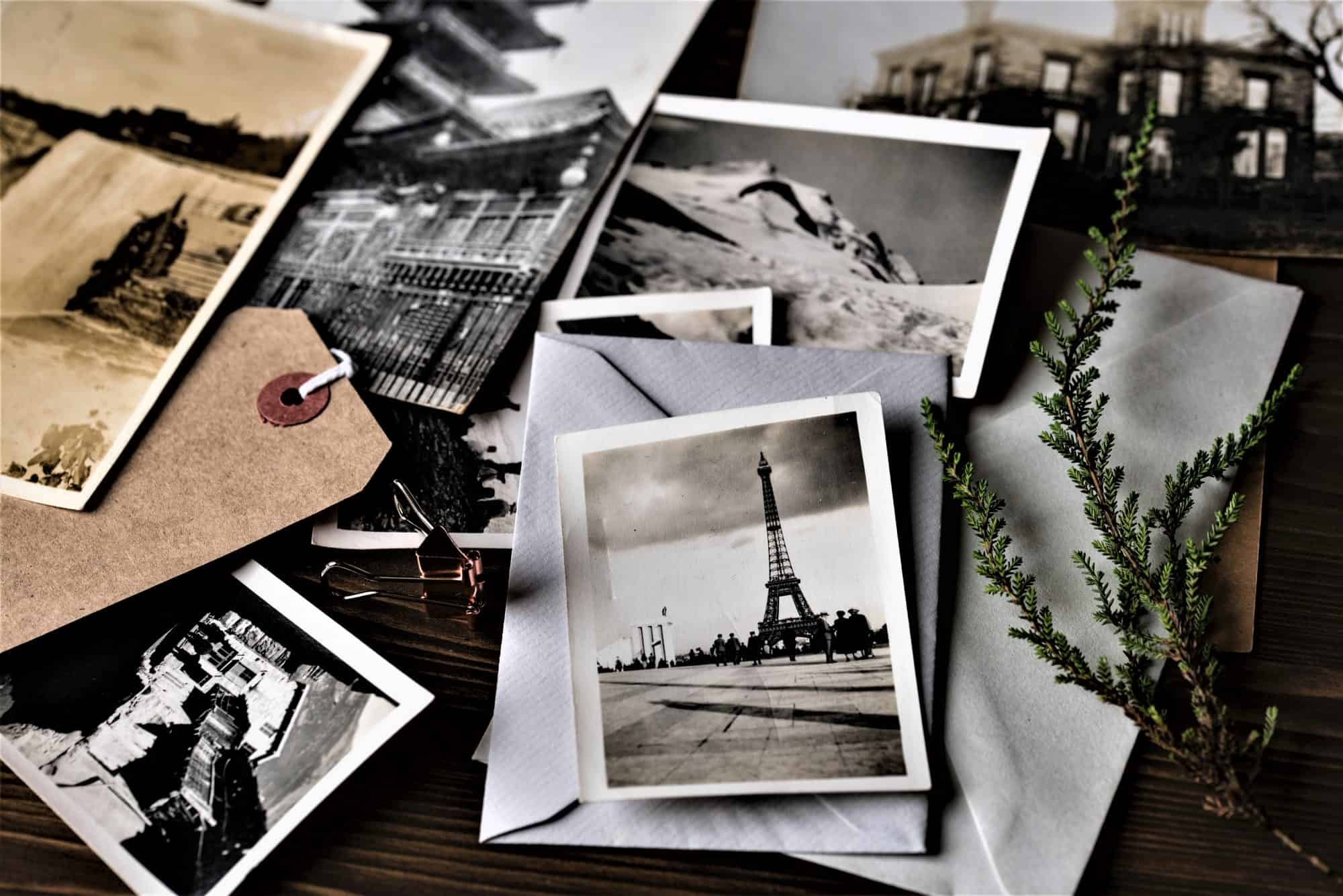Guest Blogger
In her latest travelogue, ecotourist Cindy De Michele Hock of the Netherlands journeys to the Southern Kunene region of Northwestern Namibia, a remote and untouched land, which is home to the first UNESCO World Heritage site in Namibia.
The savannah in Southern Kunene with its shrubs and acacias, sandy dry riverbeds, and massive granite mountain tops is characteristic of the wildly romantic scenery of what was once known as Damaraland.
This is where well over 6,000 years ago hunter-gatherers from the Stone Age, later followed by Khoikhoi herders, carved and painted animals, shamanist rituals, and mysterious symbols into and onto the reddish-brown sandstone at Twyfelfontein.
Twyfelfontein, not the name of a town but of a place – a place where the single largest collection of rock engravings on the African continent can be found.
Millions of years of erosion have not only created red cliffs of petrified sand but have also caused many large blocks to break away from the main body of the mountains, tumbling down the face, and revealing a nearly perfectly flat surface along the natural fissures offering the Stone Age people not only a dwelling but also an ideal surface for their artistic expressions.
Rocks with artwork in a valley flanked by the slopes of a sandstone table mountain protected against the harsh weather conditions by a hard layer of patina were delicately decorated by prehistoric chisels.
Doubtful Spring
Stone Age people and animals were attracted by this region because of the small perennial spring, the only one in the region, giving Twyfelfontein its name: “doubtful spring” or “/ui-//ais” in Damara, meaning jumping waterhole”.
From the sandstone shelves, the hunter-gatherers would have had an excellent view over the valley, which would have allowed them to spot game and visitors from afar.
There are about 2,500 rock engravings that create an eloquent link between ritual and economic practices in the Late Stone Age. The rock art reflects the sacred value of reliable water sources in the hunter-gatherer communities on a seasonal basis.
From the visitors’ centre at Twyfelfontein a series of pathways leads to viewing platforms that give visitors an excellent view of the major engravings, including the giant giraffe, the lion with the strange tail, and the symbolic engravings.
It is also possible to inspect the engravings up close and personal – while climbing your way up and through the rocky surroundings – if accompanied by a guide.
Nature’s Artwork
But not just man has graced this huge, untamed, ruggedly beautiful, and extremely scenic landscape with its embellished stone slabs. In this susceptible and delicate ecosystem with its prehistoric water courses, deep gorges and massive granite “koppies”, nature has created its own masterpieces amongst a marvelous, mountainous backdrop.
The Vingerklip rock-stack of solidified sediments, the Petrified Forest, the Burnt Mountain, the Organ Pipes of basalt, and the tree trunks of stone are but a few worth mentioning.
The desert of the Kunene region is the only desert that maintains a wide variety of mega-herbivores (the desert-adapted elephant) and carnivores (the desert lion, cheetah, leopard, and hyena) in addition to a healthy population of ungulates (zebra, giraffe, springbok, and kudu).
It is possible to participate in a dry river drive on the Huab River, which is where desert-adapted elephants can be spotted from March to October after which they leave for the greener pastures of the surrounding valleys and mountains. But also make sure to keep an eye out for any predators!
Twyfelfontein Country Lodge
The only lodge in this remote, untouched, and unspoiled area is the Twyfelfontein Country Lodge. Excursions to the famous engravings, game drives, and visits to the other spectacular attractions of Damaraland are organized daily.
Thanks to its natural stone and thatch layout the lodge is in full harmony with the surrounding rocks and plains.
Travel Essentials
Twyfelfontein Country Lodge – +264 21 855 0395 – Double Room NAD 930 pp (US 113 / GBP 72).
How to Get There
Twyfelfontein is situated 267 miles Northwest of Windhoek and can be reached via the B1 and the C39. Then continue on the D2612, the D3254, and the D3214. This is a very remote area, and there are no fuelling opportunities in the direct vicinity, so make sure to fill up before continuing on the D-roads. A 4×4 vehicle is strongly recommended.
Air Namibia links Windhoek, the nation’s capital, with Johannesburg and Capetown, South Africa, Frankfurt, Germany, and several other African destinations. Click on the following link for more information: Air Namibia.
Cindy De Michele Hock
Born in Amsterdam in the Netherlands, Cindy De Michele Hock studied law and history in the Netherlands before moving to Rome, Italy, to permanently live with her then boyfriend. She is a freelance lawyer and legal translator.
A few years later, Cindy and her boyfriend moved to Scotland, where they got married. They did volunteer work for one year in Namibia. They are now concluding a six month stay in Sri Lanka. Then it’s back to Scotland.
“We’ll continue traveling, especially in Namibia and Africa!!!” says Cindy, who describes herself as “an enthusiastic wildlife photographer and writer”.
“I love wildlife, the great outdoors, new cultures, and languages.”
More Guest Posts by Cindy
Namibia: Waterberg – Hidden in the Heart of Namibia
Namibia: Cape Cross Seal Reserve – Straight into Your Nostrils
Italy: Yesterday’s Jewish Ghetto and Today’s Rome
Namibia: on the Road from Tsumeb to Etosha National Park
Namibia: Oysters and Champagne Where Sand Dunes Meet the Ocean
Namibia: Kaokoland Back an Beyond in the Country’s Last Wilderness
